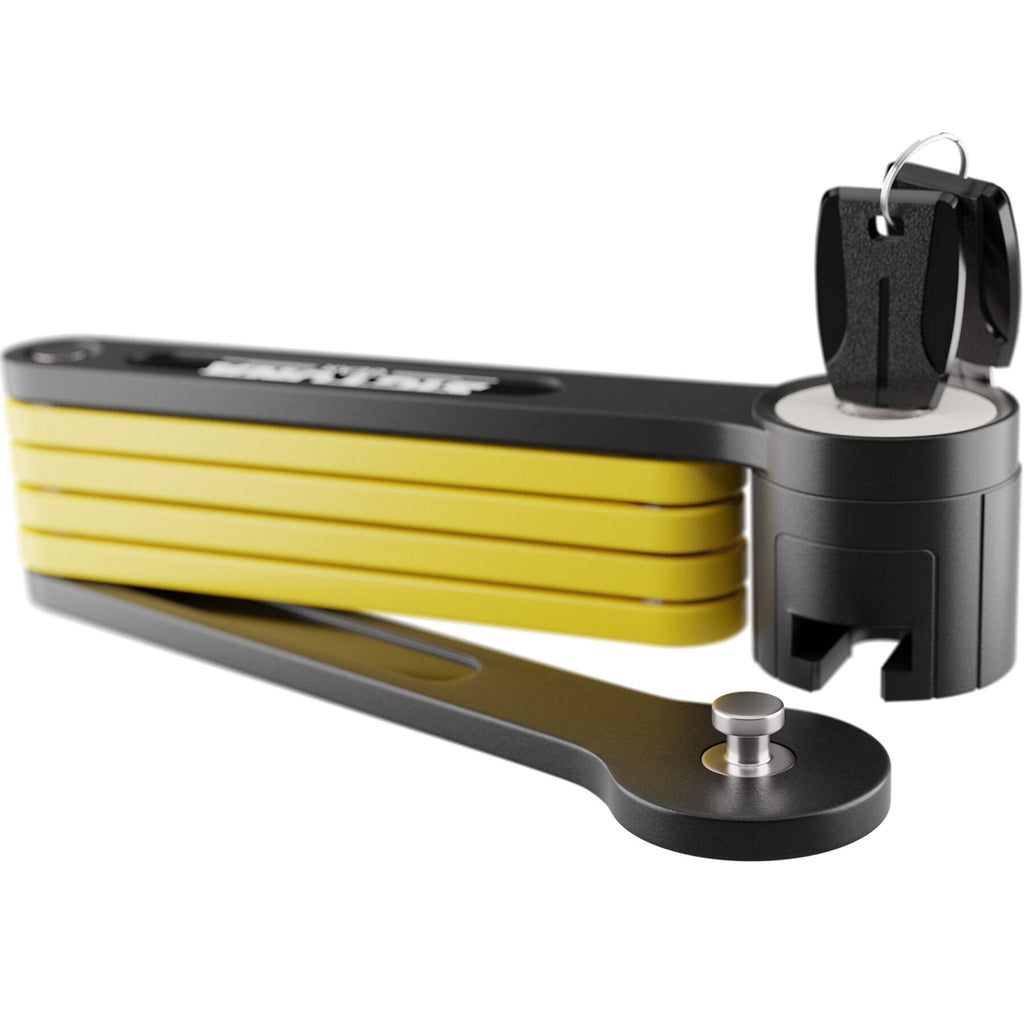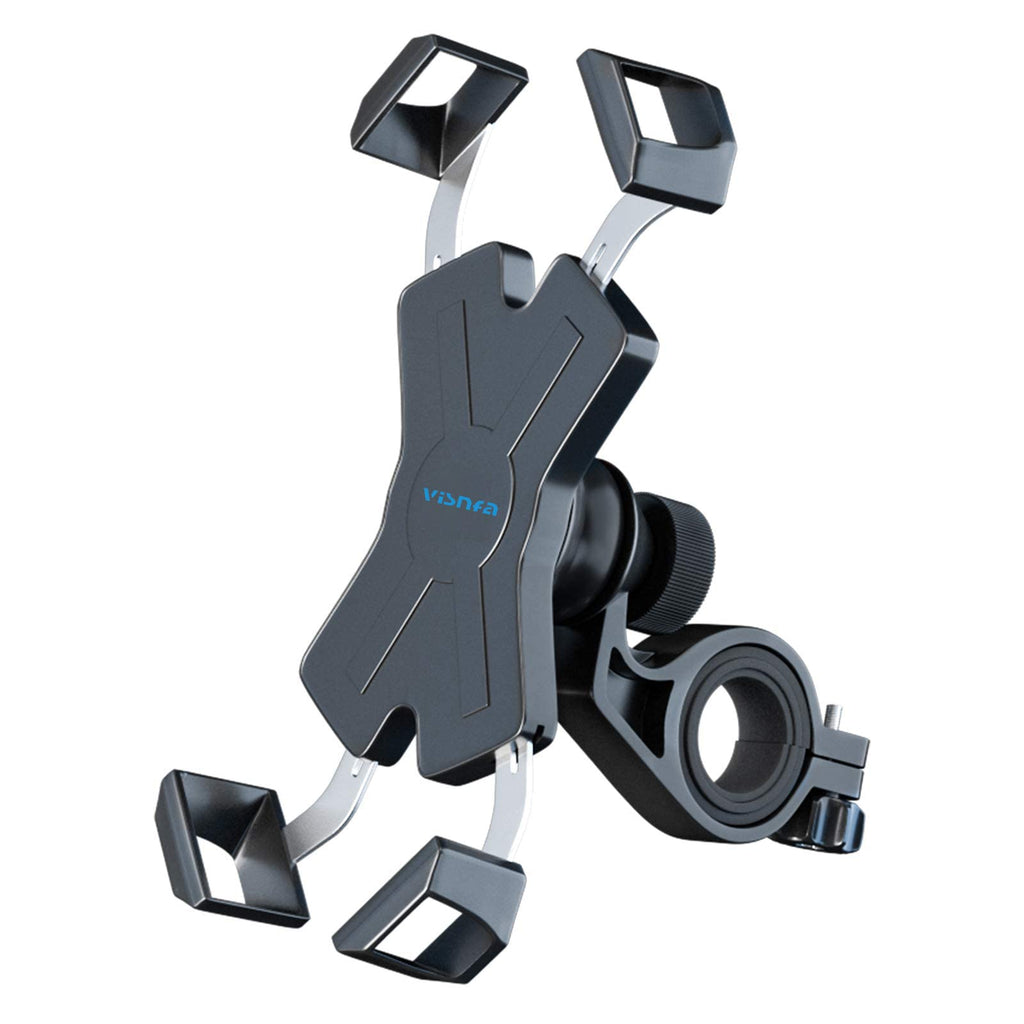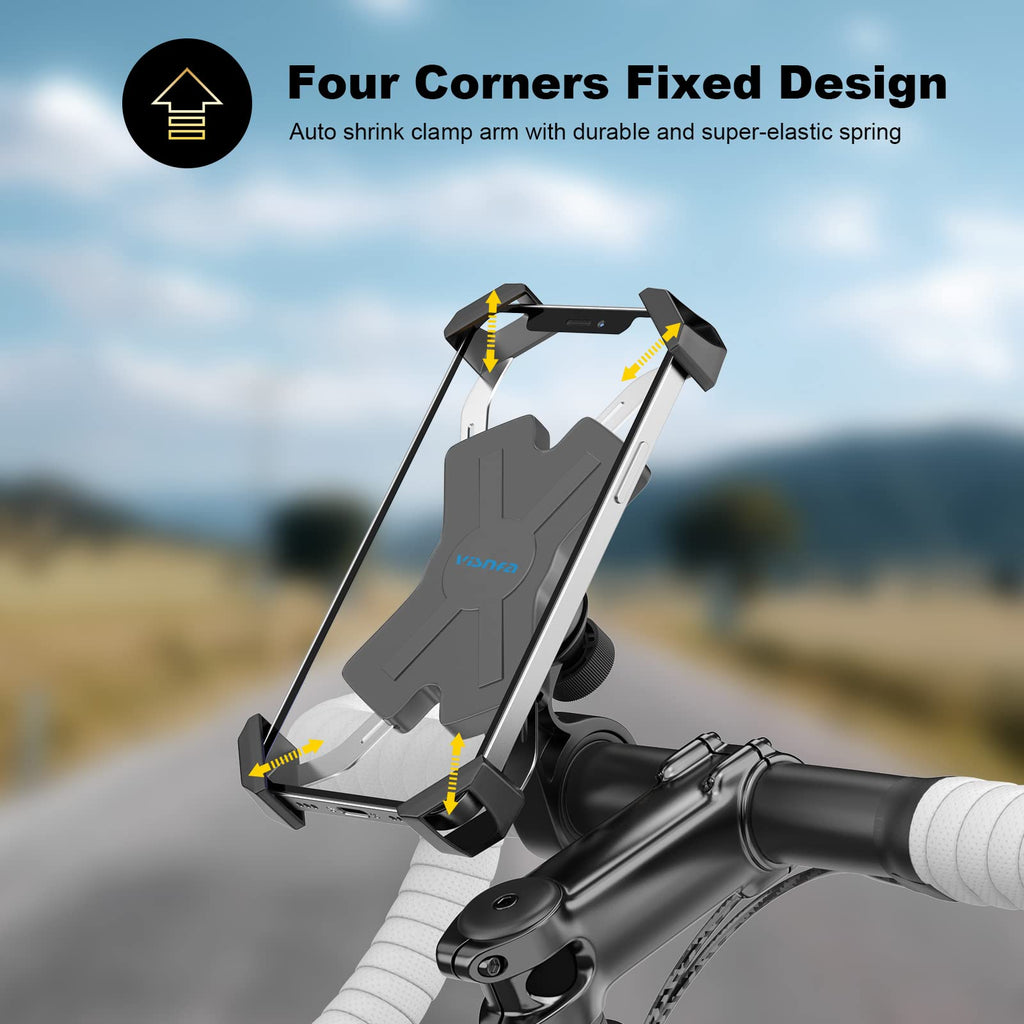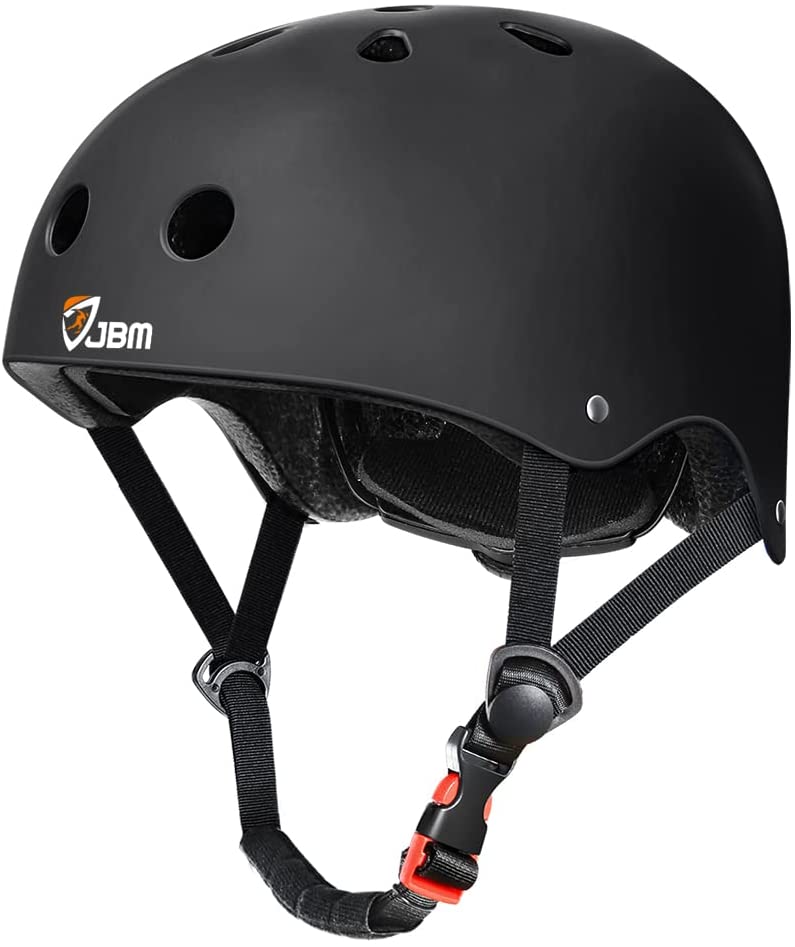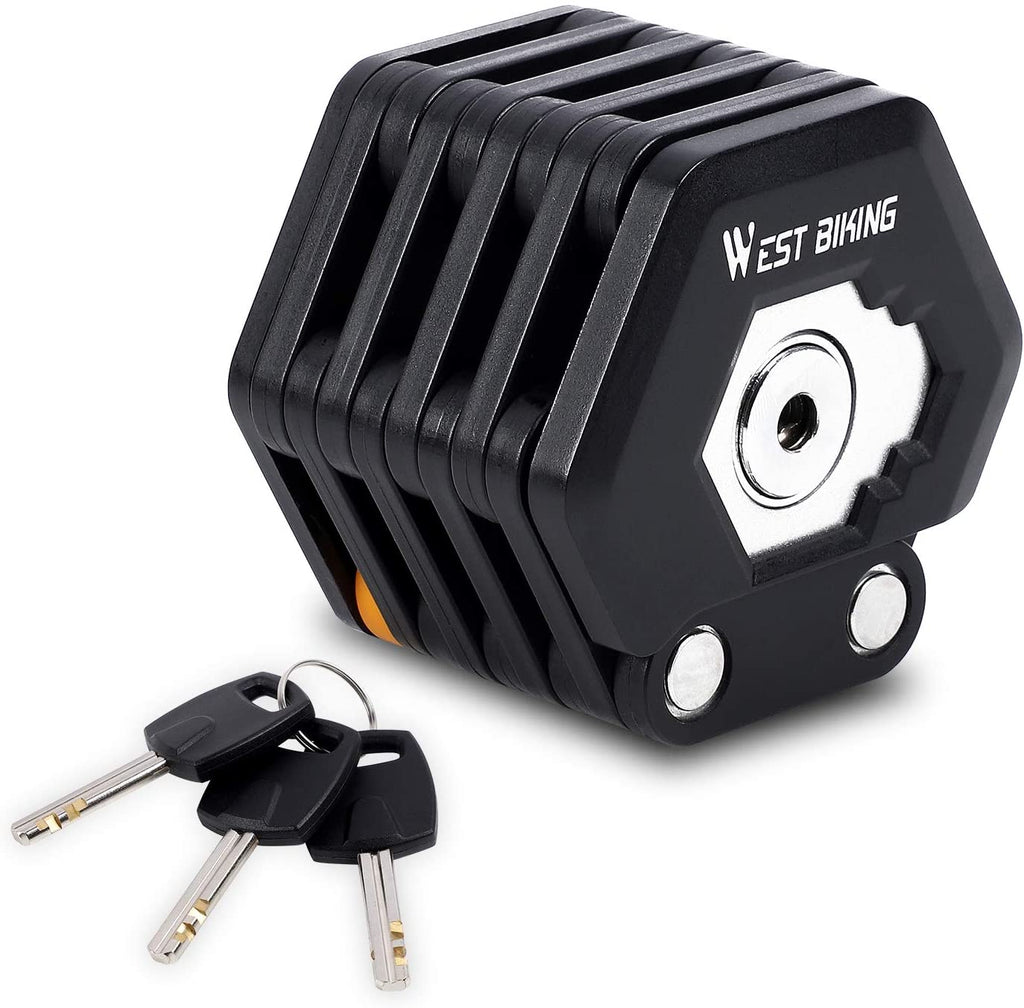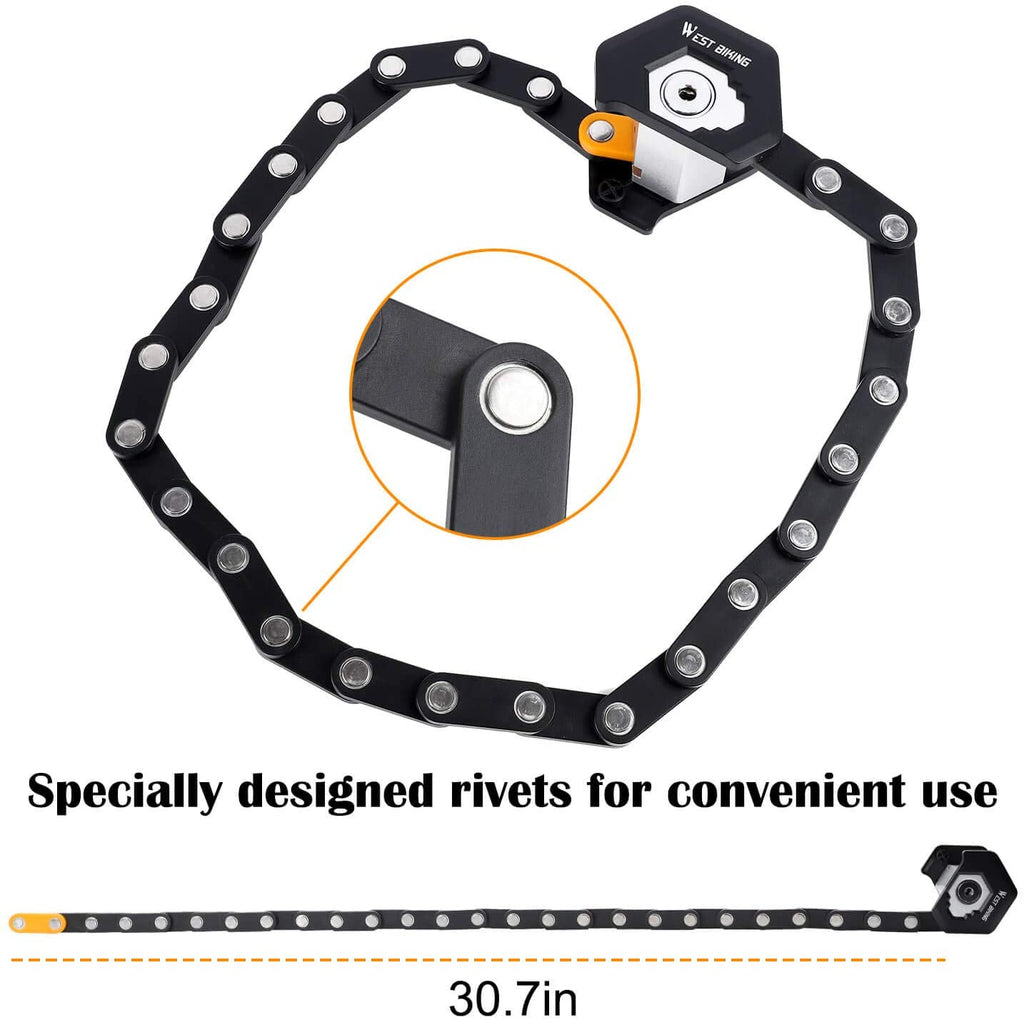How to Remove the Speed Limiter on Your Electric Scooter
I. The Quest for More Speed
Have you ever pressed the throttle down all the way, craving a rush of adrenaline, but still get stuck at a limited speed? Even the wider roads welcome you, your instincts urge you to be “faster”, but your scooter holds the lane stubbornly. It feels invisible, that holds you back on a leash! If you ever wished to fly independently without breaking any rules, so, you are not alone!.
The 60% popularity of e-scooters has risen between 2020-2025 in the U.S. from New York to San Francisco. Almost 88 million rides a year and 130+ cities are making the e-scooters on trend, enhancing urban life. Fast, clean, and agile… but always capped at 15 to 20 miles per hour, this question arises! Almost every electric scooter has a speed limiter inside it— a hidden leash crafted by manufacturers to satisfy U.S. safety laws, maintain a battery life, and keep micomobilities street-legal. Mainly, capped speed aims for control, not to offer to ride at high-performance. But for the riders' demands of a faster commute, powerful hill-inclined ride, and sensation of thrill, all these safety regulations seem less protective, but more like a missed opportunity.
This article demonstrates how speed limiters work, how riders in the US attempt to remove them, and before doing such an act, you need to know about the serious risks and drawbacks associated with it.
II. Understanding Electric Scooter Speed Limiters in the USA
1- What is a Speed Limiter?
NHTSA 2023 study reveals that a speed limiter is an electronic control system that caps how fast your electric scooter can go, typically at 15-20 mph. It operates by monitoring the motor’s power output through the controller, automatically cutting the desired acceleration once you reach the preset speed. Some popular models use software limiters while others may use a physical limiter cable. This invisible leash “speed wall” maintains the ride conveniently but within safety rules and laws. This invisible "speed wall" keeps the ride smooth but within legal and safe limits. But, research shows that surpassing 20 mph drastically causes injury severity in collisions, as per the IIHS 2022 report.
2- Why Manufacturers Install Them!
Speed limiters act as a built-in safety feature that regulates how fast an electric scooter can go. Manufacturers install it in electric scooters for various purposes.
-
Safety: Speed limiters play a crucial role in preventing severe incidents caused due to higher speeds. At a lower pace of 15 mph, riders experience a smooth ride that helps them in averting from fatal head injuries, as per Insurance Institute of Highway Safety, 2022.
-
Legal Compliance: Riders must follow U.S. federal and state legislation. Over 30+ states declare an electric scooter as “devices” that are bound to the 20- mph speed, as per National Conference of State Legislature, 2023. Without limiters, licence and registration is necessary for the scooters, mainly categorized as mopeds or motor vehicles.
-
Battery and Component Longevity: Micro Mobility Report states that scooters commuting at 25 mph speed takes the energy consumption of 30% as compared to capped speed. Limiters deliver an effective, reliable and durable commutes–means less breakdown and lower maintenance hassles.
Typical Speed Limits in the USA
States like Austin, Texas, and Los Angeles mainly enforce 15 mph speed limits for rental scooters to secure pedestrians and riders, as per the NACTO 2023 report. The IIHS, 2022 studies reveal that 15 mph is considered the most convenient and safest operational speed for urban commuters.
III. The Legal Landscape of Speed Limiter Removal in the USA
-
Federal Regulations: Consumer Product Safety Commissions highlights a low-speed electric vehicle as equipped with a motor under 720 watts and a top speed of 20 mph in the US. Exceeding 20 mph, these vehicles need to comply with federal rules and regulations like registration and licensing, according to the NHTSA report.
-
State and Local Laws: Laws and regulations vary in each state. For California, e-scooters are capped at 15 mph under California Vehicle Code §21235. For New York, rules are the same as California. Florida law caps at 20 mph speed under HB 453, as per Florida Statutes §316.2128.
-
Consequences of Tampering: Removing the speed limiter can cause different hassles. Like: Exceeding the 20 mph speed led to a penalty of $250 in California. Unauthorized scooters' modification can be a reason for unregistered vehicles and no insurance charges, according to NHTSA Legal Legislatures, 2022.
IV. Common Methods for Removing Speed Limiters
Before attempting any method to remove the speed limiter, you must check your regional rules and regulations. As removing the speed limiter is lawful in some states, and some states don’t allow it. Riding a modified scooter on public roads led to penalties, criminal charges, and impoundment. Ensure safety legislation before riding.
Method 1: Disconnecting the Speed Limiter Wire
Almost 35% of the performance scooters, like Zero 9 and Zero 10X, enable the use of a physical limiter wire, usually blue, green, or yellow. This wire is typically situated near the controller or battery compartment.
Steps:
-
Under the deck, access to the controller.
-
From the manual guidebook, check the limiter wire.
-
Keep the wire disconnected or cut carefully. Improper disconnection can lead to controller malfunction or trigger fault codes on the latest scooters, according to ESG Technical Analysis, 2023.
-
To prevent short circuit breakdown, make sure to insulate the ends properly.
Tip: Many DIY users set up a toggle switch, ensuring a secure switching between “limited” and “unlimited” modes, mostly in Zero 10X.
Method 2: Adjusting Display Settings
The Unagi scooters Manual, 2024 reveals that 25% of the latest scooters, like Wide Wheel Pro, facilitate hidden speed settings accessible through the LCD Display.
Steps:
-
Keep your electric scooter on.
-
Keep pressing the buttons (Mode + Power) for a few seconds.
-
Access “P-settings”.
-
Search for the SPL (Speed Limit) option.
-
Boost the maximum speed to experience a thrilling sensation.
Fact: Few manufacturers permitted these menus to obey the US federal speed cap laws of 20 mph max, stated by CPSC, 2023. Attempting unauthorized menu changes can affect warranties, according to the Electric Scooter Guide Warranty Report, 2023.
Method 3: Using a Mobile App
Approximately 60% of the new scooters provide Bluetooth connectivity, but almost 15% permit speed limit changes through the app, as per the Segway User Guide, 2023.
Steps:
-
Go to playstore, and download the scooter’s official app..
-
Connect it through Bluetooth.
-
Find the speed setting on the navigation bar.
-
Fix the limiter setting.
Research Insight: Software applications like Segway Ninebot limit the maximum adjustments to comply with legal US speed limits (15-20mph).
Method 4: Switching to Sport Mode
Popular scooter models offer Sport Modes, which unlock the full battery and motor power, as per the NIU Electric Scooter Manual, 2023.
Steps:
-
Hold the mode button to cycle into Sport or Turbo mode.
Precautions:
-
Sport mode enhances acceleration and high-end torque by 10-15%, as per Electric Scooter Guide, 2024.
-
Hard-coded federal speed limits (20 mph cap stays) can’t be bypassed.
Method 5: Software/Firmware Modifications
Almost 8% of riders attempt firmware flashing to remove limiters, according to the survey of Xiaomi hacking community.
Risks:
-
Destruction (Bricking) of the controller leads to malfunction if the wrong firmware is attached.
-
Instant loss of Warranty: Upon the usage of unauthorized software tampering, a rider can suffer in loss of warranties.
-
Using a modified scooter can be illegal in public.
Note: Tricky firmware modes are not majorly compatible with dual motor scooters like Zero 10X without any technical professionalism.
Method 6: Swapping Components (Controller, Motor)
Electric Scooter Guide, 2024 reveals that performance riders commonly elevate the controller or motor to remove speed limitations.
Steps:
-
Turn off the electric scooter and disconnect the original controller and motor power.
-
Substitute with a new higher-amp controller or more powerful motor.
-
Test the electric scooter after installation.
Risks:
-
Expert technical knowledge is necessary.
-
ESG Modification Data, 2023 reveals that almost 70% of DIY swaps bear compatibility issues (wiring mismatches, firmware lockouts).
-
Improper attachment can always void the warranty and can trigger system errors.
Method 7: Using a Speed Limiter Removal Device
The Micro mobility DIY Survey 2023 finds that aftermarket “removal kits” are sold online, even though the success rate varies, but almost 50% operate without any trouble.
Steps:
-
Turn off the electric scooter properly to prevent electrical shocks
-
Set up an external module between the controller and throttle wiring.
-
Once the module is installed, close up the controller area.
-
Turn on the electric scooter and test whether it is working or not. If there is any error code, check the connection again.
Risks:
-
Throttle lag or complete power malfunctions can occur after the interference of many devices with controller voltage regulations.
-
The NHTSA Safety Advisories, 2023, quote that usage of such removal kits is totally prohibited in many US states.
V. Step-by-Step Guide:
1- Disconnecting the Limiter Wire in Zero 9
This method is legally applicable for Zero 9.
Steps:
-
Turn off the Zero 9 and disconnect the charger completely. Zero Service Manual, 2023 mentions that removing the limiter wire can enhance the speed upto 15-20%.
-
Remove the four screws on the top. Them remove the two screws from bottom.
-
Remove the Plastic Cover.
-
Gently take out the white wires. Then, cut the white wires.
-
Isolate the white wires and gently put them back in the compartment.
-
Attach the plastic cover back. And fix all screws securely.
-
Turn on the scooter and test in a safe, open area.
Warning:
Removing the speed limiter can make your e-scooters non-compliant with US laws, if it is typically capped at 20 mph.
2- Disconnecting the Limiter Wire in Zero 10X
You can follow the steps to boost up speed in Zero 10X by disconnecting the wires.
Steps:
-
Turn off the Zero 10X and unplug the charger.
-
Start with two crosshead screws at the bottom, front of the deck.
-
Next, remove the two crosshead screws at the top.
-
Slide the casing open towards the front wheel. Remove the deck plate:
-
Pull out the four white wires and cut them at the base.
-
Tape the four wires to keep them clean of dirt. Then, close the casing by sliding it back.
-
Adjust all the screws back securely.
-
Turn on the scooter and test in a safe area.
Safety Note:
Unlocking the capped speeds above 30 mph can cause a large braking distance and crash risk, but it is recommended to boost the brakes and tires if commuting persistently at top speeds.
3- Accessing and Adjusting P-Settings (Speed Limit) on WideWheel Pro
Steps:
-
Turn on the Wide Wheel Pro scooter. Press and hold the Power button until the LCD display lights up.
-
Access the hidden menu. Press and hold the "Mode" and "Power" buttons simultaneously for about 2–3 seconds.
-
Enter P-settings mode. Press the Mode button once, and reach P1. Then, by the power button, it takes to P0.
-
Press the Mode and Light button for two seconds. Speed limiter is now disabled.
-
Repeat the process to enable.
-
Keep your scooter in an open area for testing speed.
Safety Note:
Modification in speed settings outside the factory recommendations may minimize the range or boost the battery wear.
VI. Risks and Drawbacks of Removing Speed Limiters
1- Safety Concerns:
-
The IIHS, 2022 report finds that scooters exceeding 20 mph are 40% more probably to be involved in severe injuries.
-
The Micro Mobility Report, 2023, identifies that braking distances can be doubled, creating issues while emergency stopping.
2- Damage to Scooter Components:
-
The NIH, 2022 report states that motor overheats at 30-40% when pushed beyond factory limits.
-
The battery can stop working efficiently by upto 40%, cutting ride time sharply.
3- Warranty & Legal Trouble:
-
Using speed limiters removal in prohibited states may void warranty instantly after tampering, as per Zero Warranty Terms, 2023.
-
Riders can be enforced to pay a penalty of $250-$500 upon modifying the scooter, as per California DMV Code §22411.
4- Insurance Risks:
-
Insurance may deny claims if a modified scooter is involved in an accident.
-
The NAIC, 2023 reports conclude that higher premiums or dropped coverage can result from illegal modifications.
VII. Legal and Safe Alternatives to Increase Scooter Performance
1. Optimize Your Riding Habits
-
Lean forward slightly to minimize wind resistance. Micro Mobility Safety Study, 2023 studies show this can improve scooter efficiency by 5–8% at speeds above 15 mph.
-
The Urban Transportation Research, 2022, identifies that avoiding hard stops and sudden accelerations to maintain momentum; smooth riding can extend battery life by up to 20%.
2. Proper Tire Inflation
-
Maintain tire pressure at the manufacturer-recommended PSI, mainly 40–50 PSI for most scooters.
-
The NIH Transport Efficiency Study, 2022, demonstrates that correct inflation reduces rolling resistance by up to 15%, improving both top speed and range.
3. Use Sport Modes (Legally)
-
Activate Sport Mode (if available) to legally enhance your scooter’s full performance potential.
-
Electric Scooter Guide, 2024 shows that models like the WideWheel Pro and Zero 10X use Sport Modes to boost acceleration and torque while staying within 20–25 mph legal U.S. speed caps.
4. Upgrade Legally Compliant Components
-
Install higher-capacity batteries to prolong the riding distance without altering maximum speed.
-
The CPSC Consumer Product Safety Act, 2023 report mentions that an upgrade to higher-torque motors — staying within 750W or less to comply with U.S. low-speed vehicle classification.
5. Choose Routes Wisely
-
Urban Mobility Study, 2023 reports that uphill grades can cut speed and range by 20–30% depending on slope severity.
-
Flat terrain keeps battery output stable and improves efficiency.
6. Regular Maintenance
-
Grease bearings, adjust brakes, and check bolts monthly.
-
The Micro Mobility Maintenance Guide, 2023, finds that a clean, well-maintained scooter can boost acceleration responsiveness by 10–15%.
7. Consider a Higher-Performance Legal Scooter
-
If consistently higher speeds are required, upgrade to a scooter legally classified for higher limits.
-
Electric Scooter Guide, 2024 mentions that models like the Zero 10X and WideWheel Pro (after unlocking legal P-settings) deliver better torque, longer range, and stronger climbing ability — while staying under federal speed classifications for e-scooters.
Wrapping Up: Proceed with Caution and Responsibility
The rising demand for top speed on your electric scooter is understandable, yet it’s essential to perceive the associated risks and drawbacks. Moreover, modifying electric scooters like removing speed limiters can cause legal repercussions, fines and potential reclassifications of your electric scooter. Before attempting any modifications, seek state and federal laws, consult your manual guidebook and professional advice. Always remember, a true thrill sensation and breath of freedom not only comes from speed, but riding carefully and responsibly.
Disclaimer
The data presented in this article is for general understanding and knowledge purposes only. It does not intend to a legal advice, technical advice, or a guarantee of any specific outcomes. Modification of an electric scooter may be illegal to federal, state, or local laws, and may incur penalties and cause safety risks. Ensure to consult with your scooter’s manufacturer, understand your regional laws, and follow any expert suggestions before attempting any modifications. Use information here carefully and at your discretion.
Frequently Asked Questions
1. What is a speed limiter on an electric scooter?
A speed limiter is a device or software feature installed by manufacturers to cap the maximum speed of an electric scooter. This is done to comply with safety regulations and ensure the scooter operates within safe parameters. It can be a physical component, such as a wire, or a software setting.
2. Why do manufacturers install speed limiters?
Manufacturers install speed limiters for several reasons:
-
Safety: To prevent riders from exceeding speeds that could lead to accidents.
-
Legal Compliance: To adhere to local and federal regulations regarding maximum allowable speeds for electric scooters.
-
Component Protection: To prevent excessive wear on the motor and battery, ensuring longevity and reliability.
3. What are the risks of removing the speed limiter?
Removing the speed limiter can lead to:
-
Safety Hazards: Increased risk of accidents due to higher speeds.
-
Legal Consequences: Potential fines or confiscation of the scooter if local laws prohibit such modifications.
-
Warranty Voidance: Many manufacturers will void the warranty if the scooter is modified.
-
Component Damage: Strain on the motor and battery, leading to overheating or premature failure.
4. How can you legally remove the speed limiter on your electric scooter?
Legally removing the speed limiter depends on your local laws. In some regions, it's permissible to modify the scooter for personal use, while in others, it may be restricted. Always consult local regulations before making any modifications.
5. What are the common methods for removing the speed limiter?
Common methods include:
-
Disconnecting the Limiter Wire: Identifying and disconnecting the wire that controls the speed limiter.
-
Adjusting Display Settings: Accessing hidden settings on the scooter's display to change speed limits.
-
Using a Mobile App: Some scooters allow speed adjustments via official mobile applications.
-
Firmware Modifications: Flashing custom firmware to override speed limits.
-
Component Upgrades: Replacing the controller or motor to allow higher speeds.
6. Is it safe to remove the speed limiter on an electric scooter?
While it may be technically feasible, removing the speed limiter compromises the scooter’s safety features. Higher speeds can lead to loss of control, increased braking distances, and a greater risk of accidents. It’s essential to weigh the desire for increased speed against the potential safety risks.
7. What are the legal consequences of removing the speed limiter?
Legal consequences vary by location:
-
Fines: Some regions impose fines for unauthorized modifications.
-
Scooter Confiscation: Authorities may confiscate modified scooters.
-
Reclassification: The scooter may be reclassified as a motor vehicle, requiring registration and insurance.
8. What are safer alternatives to increase scooter performance?
Safer alternatives include:
-
Optimizing Riding Habits: Maintaining smooth acceleration and braking.
-
Proper Tire Inflation: Ensuring tires are inflated to the manufacturer’s recommended pressure.
-
Using Sport Mode: Activating sport mode, if available, to enhance performance within legal limits.
-
Upgrading Components: Installing higher-capacity batteries or motors that comply with local regulations.
